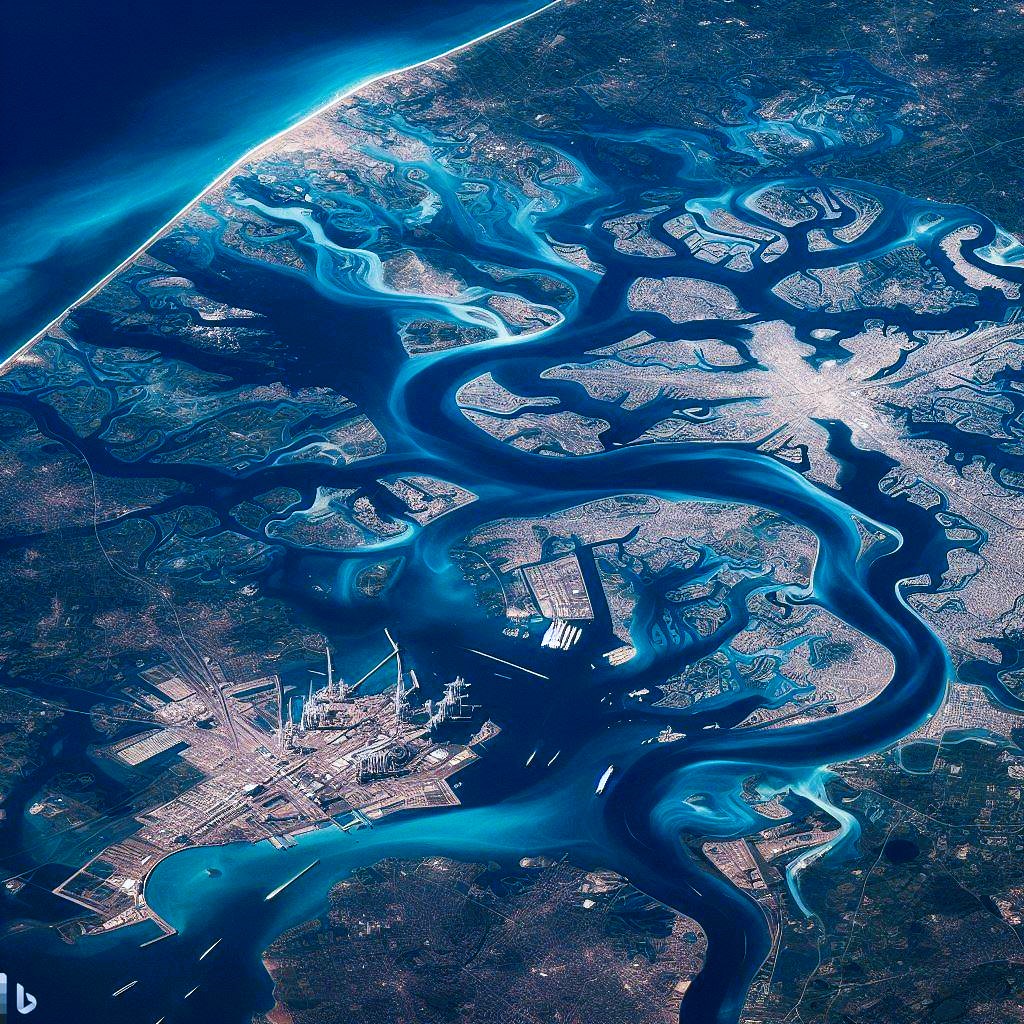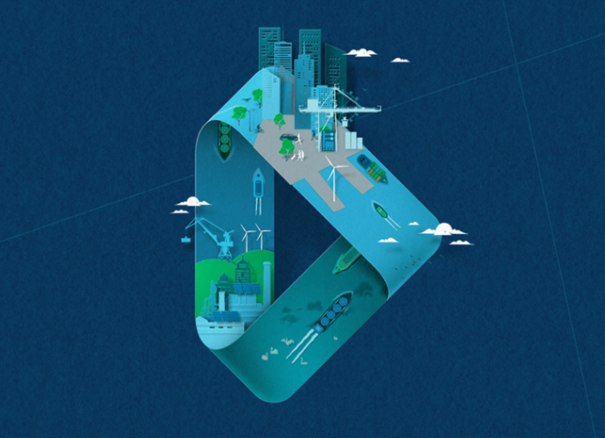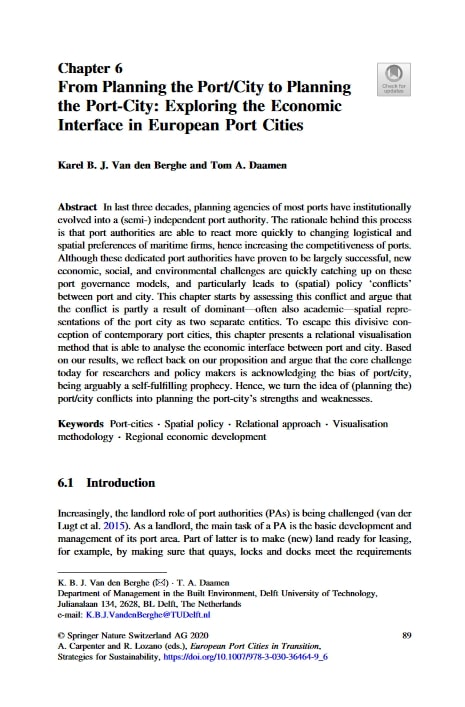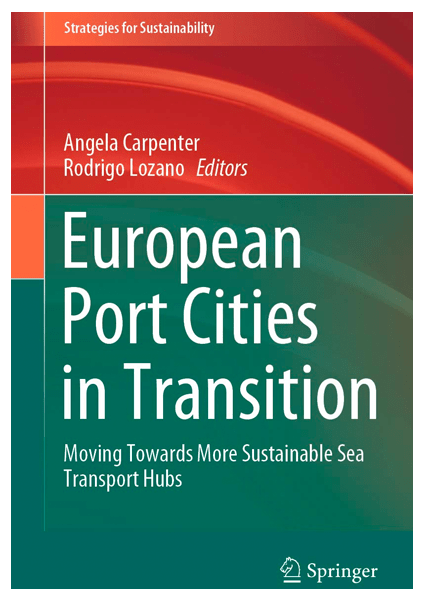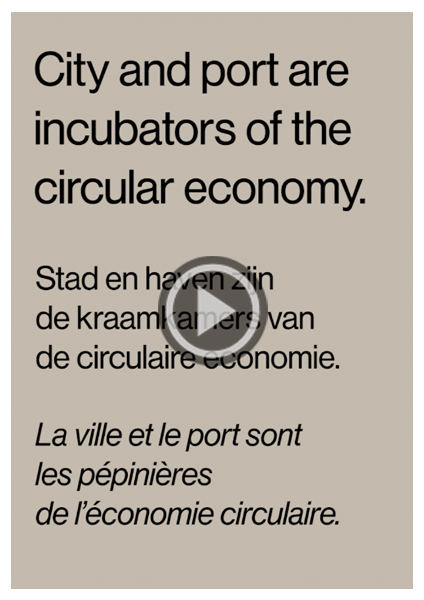Ports can be a critical part of a circular economy if they harness their infrastructure and networks. Infrastructure is necessary to transform and manage resources. Networks of port operators and organisations are necessary for resources to travel along a value chain, between supply and demand.
Introducing the theme
Ports are part of the circular economy but they largely perform low ‘value’ practices. Current circular economy services include repurposing materials or goods, providing space for recycling and recovering energy. Other higher value activities (such as reusing goods and resources, repairing, refurbishing, remanufacturing, reducing consumption or refusing use of materials) are less common practices in ports. By contrast, many ports help to perpetuate negative consumption trends (referred to linear consumption) through cheap and efficient transportation facilities. How can ports increase their value for the circular economy?
There are two physical dimensions. Firstly, the spatial infrastructure that consists of spaces for storage, processing materials, logistics infrastructure and so forth. Secondly, the networks of businesses and port activities create a resource value chain.
Spatial infrastructure and circularity
The capacity for ports to act within the circular economy is dependent on how the port is structured and how it functions. Ports conventionally are spaces for logistics, where resources and goods can be moved efficiently between land and water. But if a port focuses on logistics, it offers very limited value for the circular economy and will stimulate consumption through prioritising transported goods.
Many ports include spaces for processing, treating and transforming resources. This kind of infrastructure allows ports to become nodes for resource management and ‘value creation’. Ports may also host infrastructure for producing, maintaining or harvesting resources. Diversity of infrastructure allows ports to perform the role of circular resource hubs.
Other complementary infrastructure can be useful to further elevate the capacity for ports to drive innovation within the circular economy. For example, spaces in or near the port can be critical for supporting services like research labs, incubators and business parks to advance technology, processes and services.
Finally, developing close physical links between ports and consumers can help the port to develop more complex production chains on the site.

Ports as circular systems
Ports may be treated as nodes within a larger system of resource production, distribution and transformation. In an ideal scenario, the waste of one operator, business or port can be used by another. This is referred to as ‘symbiosis’. Through symbiosis, co-dependencies are created between businesses or port-related activities.
The actual impact of the symbiosis will depend on the production facilities and the scale the resources are being treated. Industrial symbiosis functions at a local scale, or the scale of a port. At a larger scale, city-ports may be providing urban symbiosis by processing resources into and out of urban centres. At an even larger scale, territorial symbiosis is about treating a series of ports, connected through a water way, as being the scale of action.
Each of these scales has benefits and disadvantages. For example, industrial symbiosis may offer trust between port operators, yet with a limited pool of port-related activities to provide for suitable exchanges of resources. At a territorial scale, there is a wider diversity of activities, but distances may be too great for some resources to be transported.
